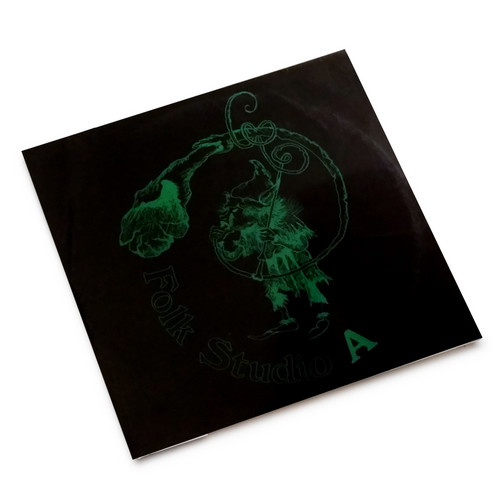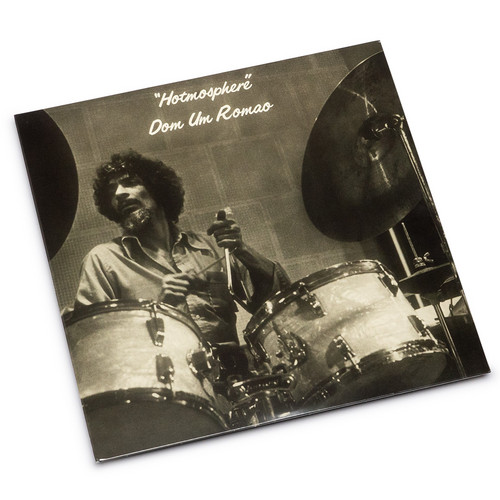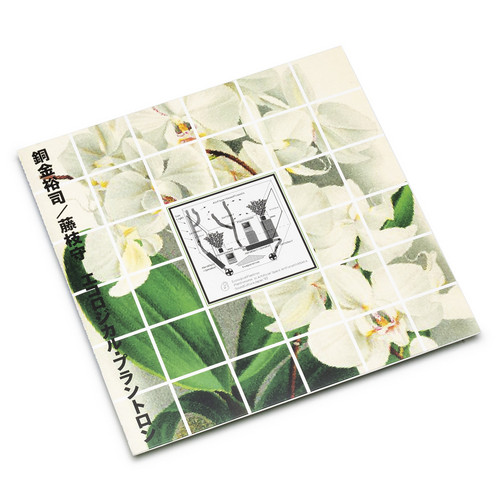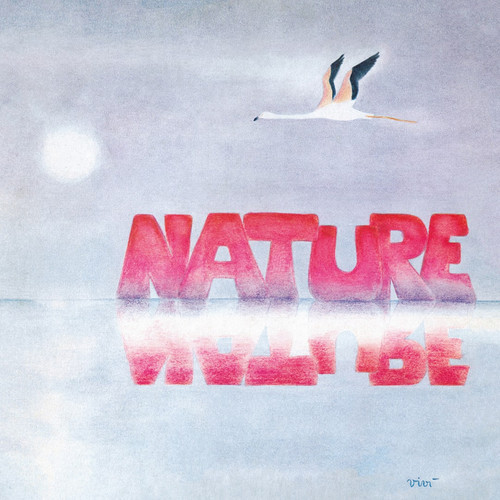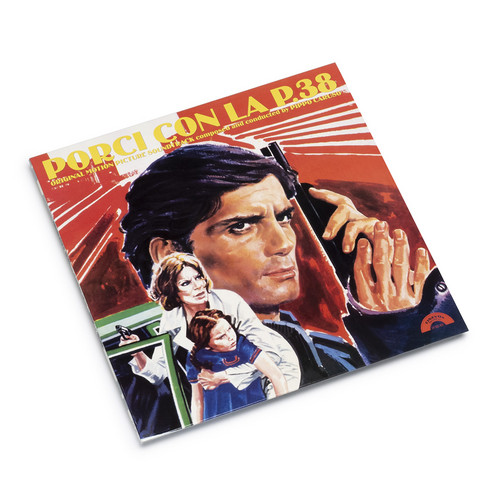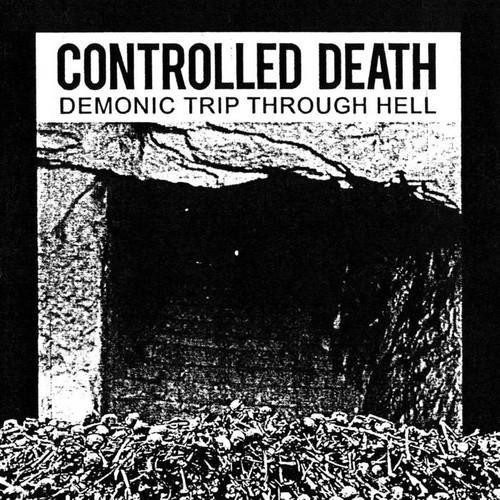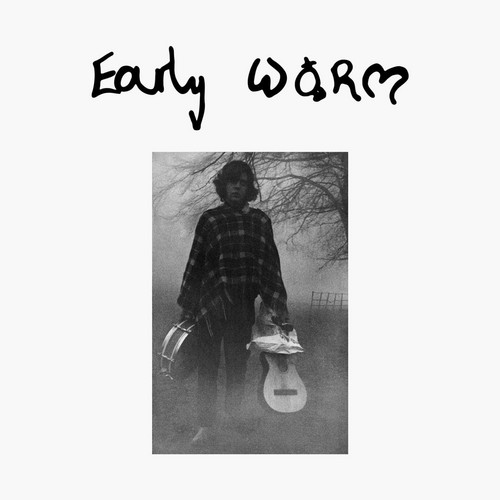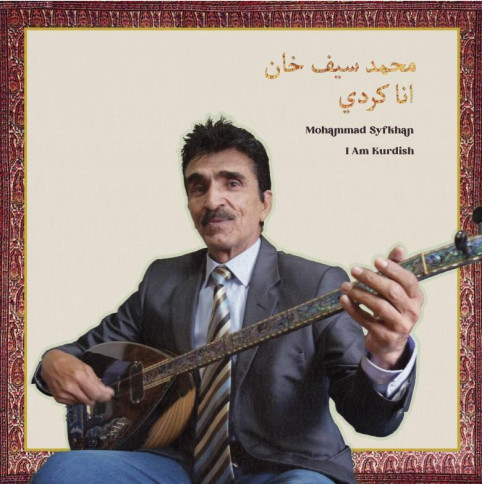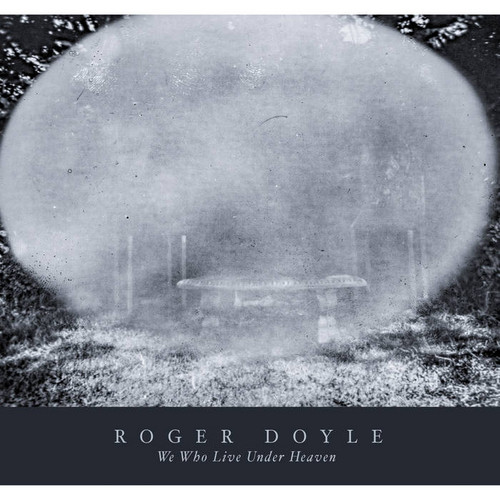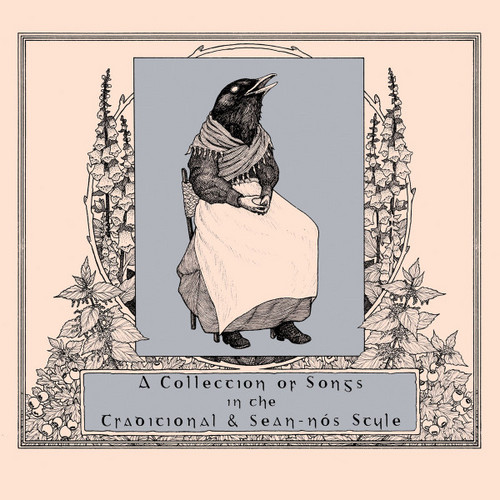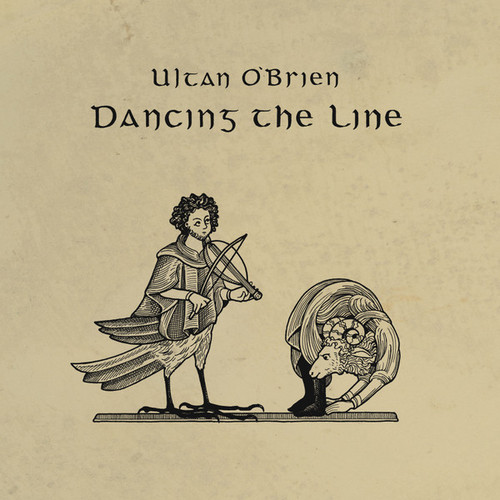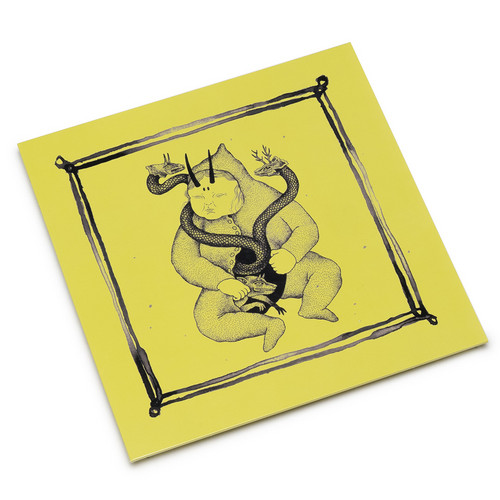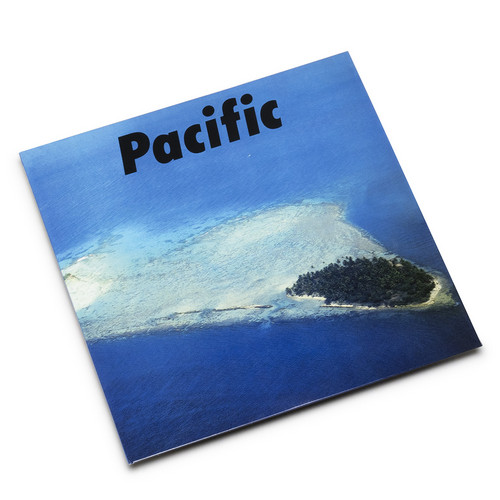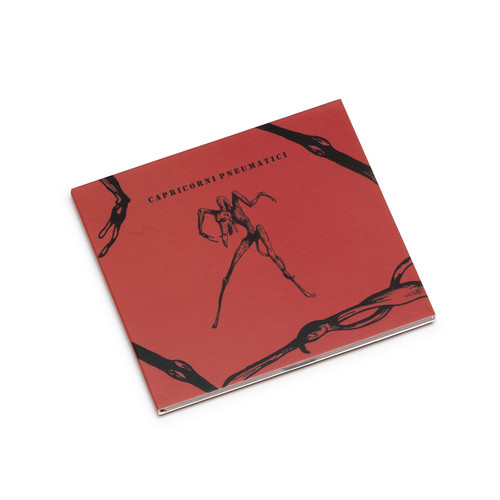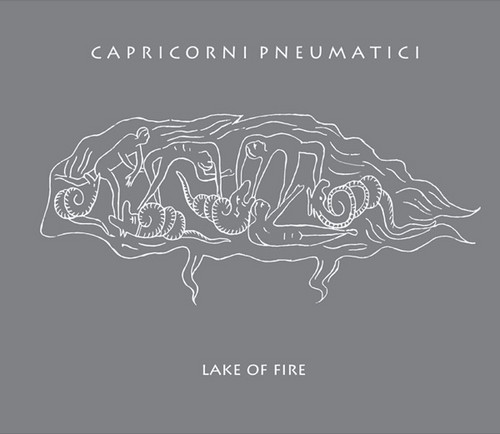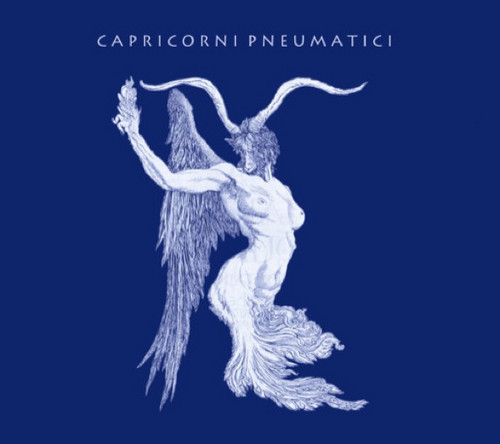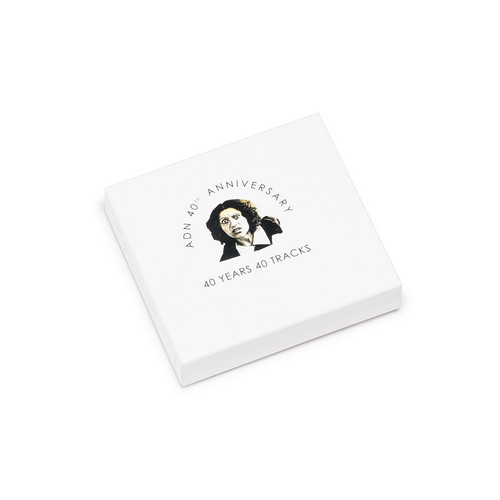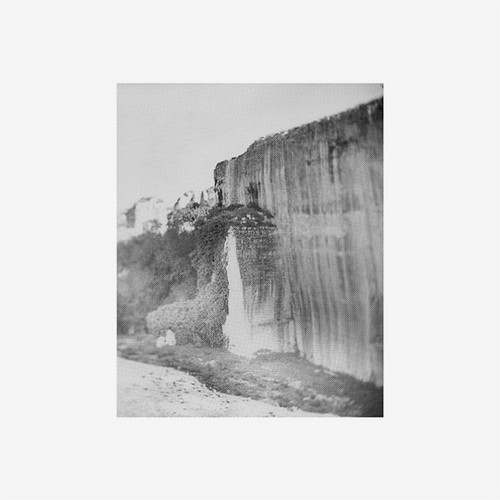Back in stock
Folk Studio A
*2023 stock* "Released nearly 25 years ago in a very limited pressing, Folk Studio A's debut has quickly become one of the most rare and sought after LPs coming from Italy. We are aware that many collectible rarities can be musically very thin, but t…
Hotmosphere
"Hotmosphere" is a 1976 album by iconic Brazilian percussionist and composer Dom Um Romão. Renowned for his contributions to Weather Report and collaborations with legends in the jazz fusion world, Romão brings together the best of Brazilian rhythms,…
Ecological Plantron
"Ecological Plantron" was a CD released in 1994, the audio document of an installation held in 1994 at a gallery in Tokyo. The Plantron is a bioelectric interface developed by botanist Yuji Dogane; it was designed to give voice to plants, using elect…
Nature
Originally released in 1977 on Edizioni Leonardi’s Wild Cat label, “Nature” is one of the rarest Italian synchronization LP’s, and it is almost impossible to find traces of it among the library music enthusiasts communities despite having been record…
Porci con la p.38
"Porci con la P.38" is an almost unknown Italian crime movie directed in 1978 by Gianfranco Pagani - his only and soon forgotten work to date, for two main reasons: the modest quality of the final result and the historical period in which was made, t…
Demonic Trip Through Hell
*2024 stock. 150 copies limited edition* Controlled Death is the dark side project by the Japanese noise legend Maso Yamazaki a.k.a. Masonna. Here on Phage Tapes. Recorded and edited on January 13th and 14th, 2021 at Death Control Studio.
Early Worm
Genesis P-Orridge's Early Worm unveils rare 1968 recordings made when the future industrial pioneer was just 18. These attic experiments in noise, improvisation and tape manipulation foreshadow the radical vision that would birth COUM Transmissions, …
Under the Island: Experimental Music in Ireland 1960 - 1994
After two years of digging, hunting, unearthing archives, digitising and a lot of correspondence, Nyahh Records is very excited to finally be announcing the release of ‘Under the Island: A Compilation of Experimental Music in Ireland 1960 – 1994’. Ir…
I am Kurdish
Irish based Syrian/Kurdish artist Mohammad Syfkhan’s debut album ‘I Am
Kurdish’ shows his brand of ecstatic music which takes elements from Middle
Eastern and North African music to create an atmosphere of joy, love and
happiness.
We Who Live Under Heaven
'We Who Live Under Heaven’ - it is a phrase from James Joyce's Finnegans Wake. Through software transformations, the music freezes and in some cases fossilises some mostly old recordings. The text for the track 'The Clouds Are Not Inaccessible' is fr…
A Collection of Songs in the Traditional & Sean-Nós Style
Nyahh Records is proud and excited to announce this compilation of singers, which has been on the back boiler for some time!! Inspired by the song collecting of Alan Lomax, this compilation brings together two generations of singers from all across t…
Dancing The Line
Ultan O’Brien is a fiddle player and composer from the wilds of County Clare in the West of Ireland. Ultan is a performer as well as a regular at sessions all of Ireland and can be found by chance in any pub in Dublin, Cork or some remote village on …
.... And Take The Black Worm With Me
*2023 strock* As a founding member of Dublin experimental folk group Lankum, Ian Lynch explores submerged leylines of music and song. Forging a musical path that is all at once dark, mysterious and foreboding, but ultimately transcendental. His new s…
Pacific
2025 repress. Victory present a reissue of Pacific, originally released in 1978. Reuniting the best session musicians Japan had to offer to make an album that would evoke the atmospheres of the South Pacific islands, the kind of places Japanese peopl…
Putredini Obnoxius
'Putredini Obnoxius' was the tenth Capricorni Pneumatici album, originally composed in 1991 for the Portuguese label Putrefactio but never published at the time. 26 years later it comes to light in this first edition, released from the original 1992 …
Lake of Fire
Italian duo Capricorni Pneumatici started in 1987, taking their name from an Aleister Crowley book. This CD is part of their 30th Anniversary and they have produced two new albums to mark the occasion. This album, "Lake Of Fire", presents an ambient …
Rahoor
Italian duo Capricorni Pneumatici started in 1987, taking their name from an Aleister Crowley book. This CD is part of their 30th Anniversary and they have produced two new albums to mark the occasion. "Rahoor", recorded in 2017, is the third part of…
ADN 40th Anniversary - 40 Years 40 Tracks
*2024 stock. 250 copies limited edition* In 2023 we wished to properly celebrate the 40th anniversary of ADN’s birth. So, we have contacted groups and musicians that stimulated our curiosity through these 40 years. Some of them are good friends of us…
Ottomani
Ottomani is a project conceived by ADN and four of their friend musicians. Riccardo Sinigaglia, who had his debut album "Riflessi" on ADN. Ruggero Tajè, who made his first solo CD "Antologica 1976-1999) on ADN. Silvio Linardi & Matteo Uggeri who also…
Giano
**250 copies** "Lavorazioni Carni Rosse is a state of being rather than a way of playing. Subjected, like all of us, to subliminal and coerced external momentum. Warped, amplified, Improvised music. Giano includes two long suites. Side A starts with …
